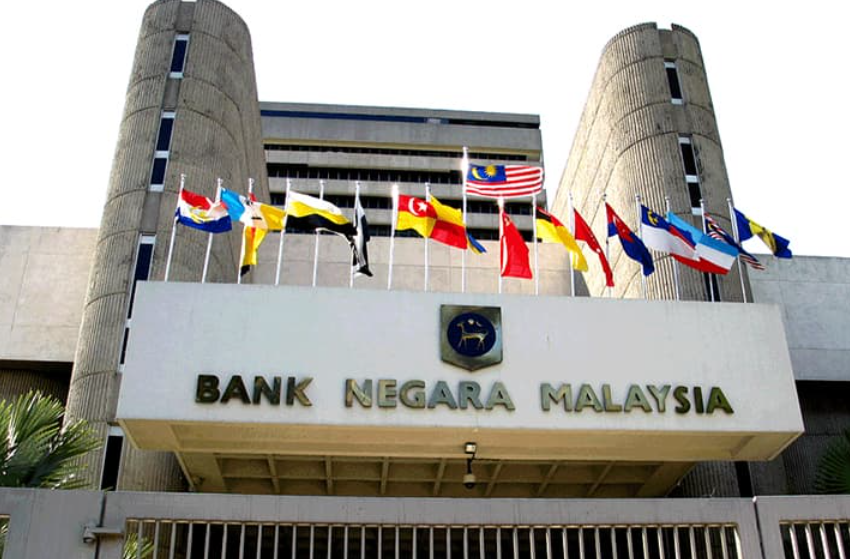Change In OPR Cycle Depends On Economic Situation, BNM Decides On Rate

The overnight policy rate (OPR) varies according to economic conditions and is decided by Bank Negara Malaysia, said Bank Muamalat chief economist Mohd Afzanizam Abdul Rashid.
The economist noted that Malaysia recorded its lowest OPR of 1.75 % on 7th July, 2020, when the country and the world were facing the Covid-19 pandemic.
“The OPR is set by BNM’s Monetary Policy Committee (MPC), which meets six times a year, and the rate is based on the prevailing economic conditions. Two meetings have already taken place, so there are four meetings remaining for this year.
“I will not be surprised if the OPR falls in the event there are economic difficulties or a global economic recession,” he told Bernama.
OPR expectations
Responding to questions that arose from his prediction on the OPR that was recently reported, Mohd Afzanizam said it was only a forecast based on current economic parameters.
“I predicted a 25 basis points OPR increase in July, or during the second half of the year because I see encouraging economic growth momentum, especially in consumption.
“Last year, property transactions hit RM179 billion, a 23.6% increase from RM144.87 billion in 2021.
“The automotive sector’s total industry volume (TIV) was also encouraging.
“Therefore, when I look at the domestic economy and consumption, the 2.75 % (OPR) rate is inappropriate and too low. When too many people take out financing or loans, there will be a problem later on with increasing household debt,” he said.
However, Mohd Afzanizam said he was not rejecting the possibility that BNM would maintain the OPR at 2.75 % based on current economic conditions.
The OPR increased four times in 2022, and the last increase took place on Nov 3, 2022, by 25 basis points.
Monetary policy space
Mohd Afzanizam said having a wide monetary policy space would be vital to give BNM the flexibility to manage the country’s economy.
“For example, if the OPR is maintained at 2.75 %, with the floor rate assumed at 1.75 %, in the event of recession in either the United States or Europe, we will be concerned and make OPR cuts.
“The monetary policy space between the floor rate of 1.75 % and 2.75 % is alright if there’s no intention to increase the OPR, only that it will be better if the buffer is bigger,” he said.
The economist said that the rate of 2.75 % was too low because the average OPR was normally at 3.00 % to 3.25 %.
The bigger the monetary space is, the more liquidity there will be and that is good for the economy, he added.
He noted that the rise in the OPR this year has already shown positive results in that the inflation rate in the country is showing a downtrend.
Inflation in January expanded at a slower pace of 3.7 % compared to 3.8 % in December 2022 while in February, it maintained at 3.7 %.
Financial literacy
Meanwhile, he said the understanding of the OPR can be enhanced with financial education, and borrowers need to understand choosing between a fixed rate or a floating rate.
“OPR cycles change according to the current economic situation; if there are more global economic headwinds, the OPR could drop, so those who opt for a fixed rate will pay at the same rate, but for those on a floating rate, they will be happy as they will be paying at a lower rate,” he said.
